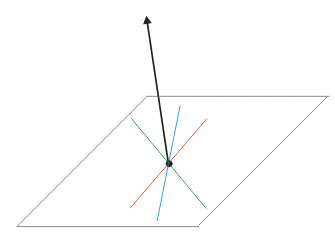|
Analytic Geometry in 3D
An Introduction to 3D Shapes |
|
Prof. David Bernstein |
| Computer Science Department |
| bernstdh@jmu.edu |
|
Analytic Geometry in 3D
An Introduction to 3D Shapes |
|
Prof. David Bernstein |
| Computer Science Department |
| bernstdh@jmu.edu |
